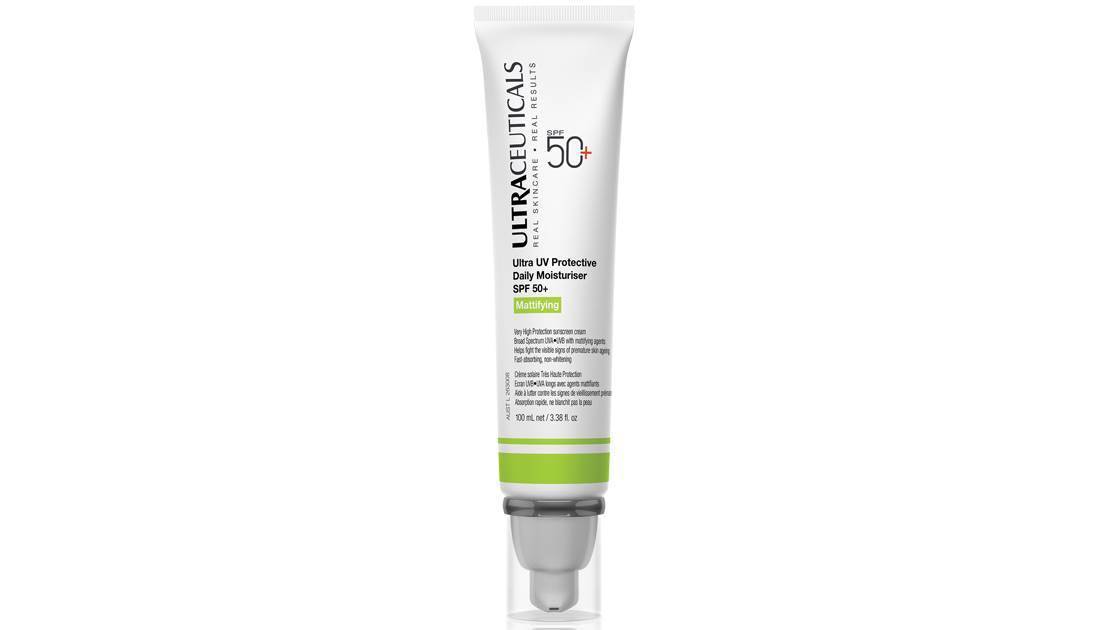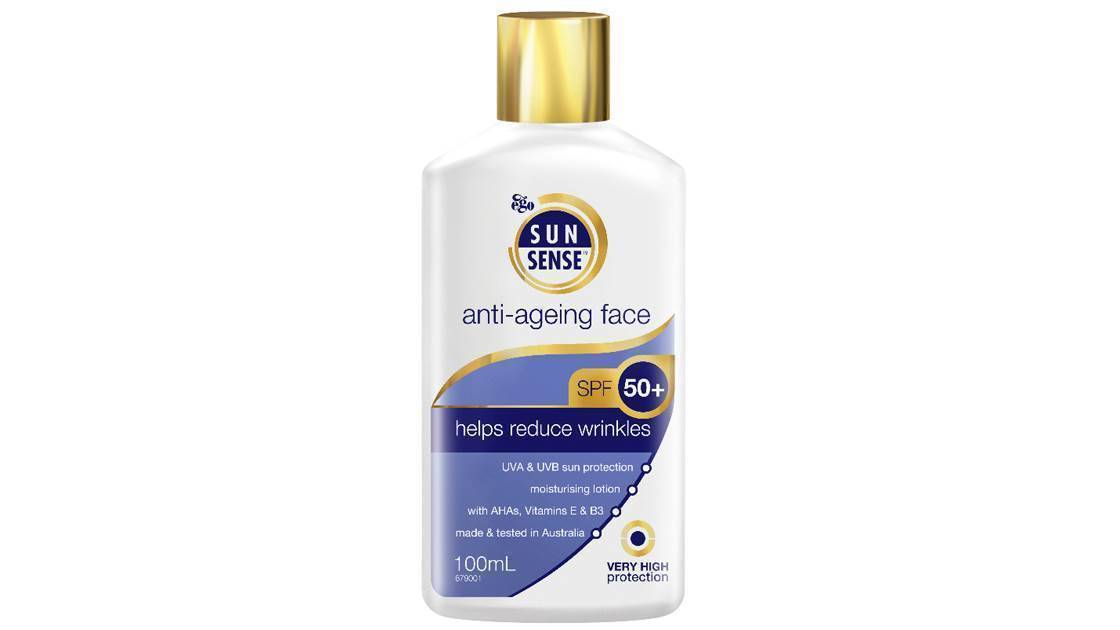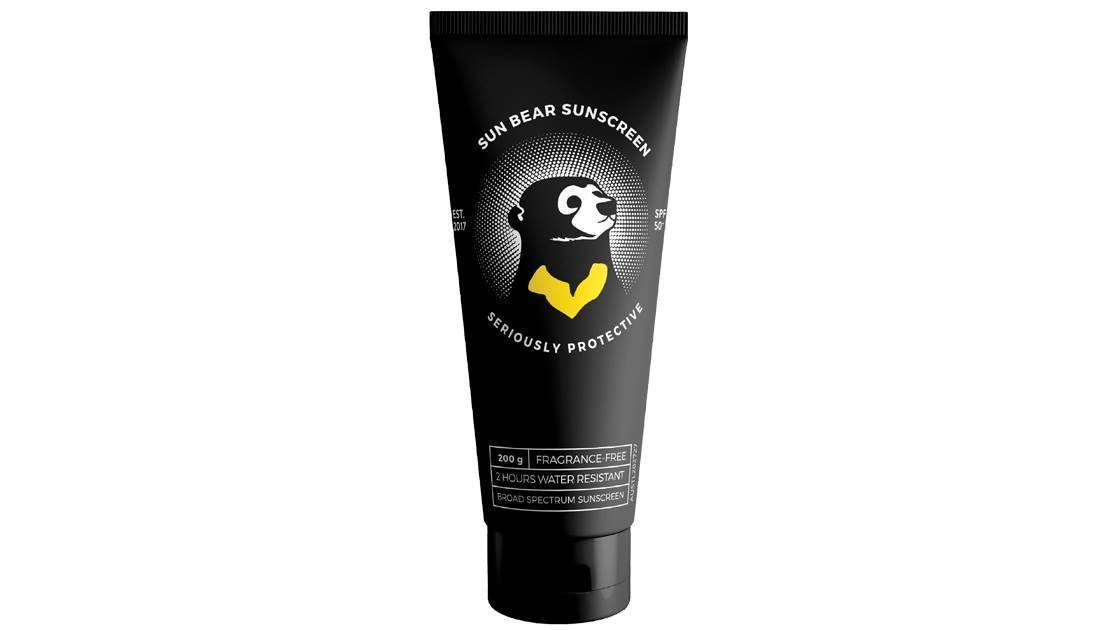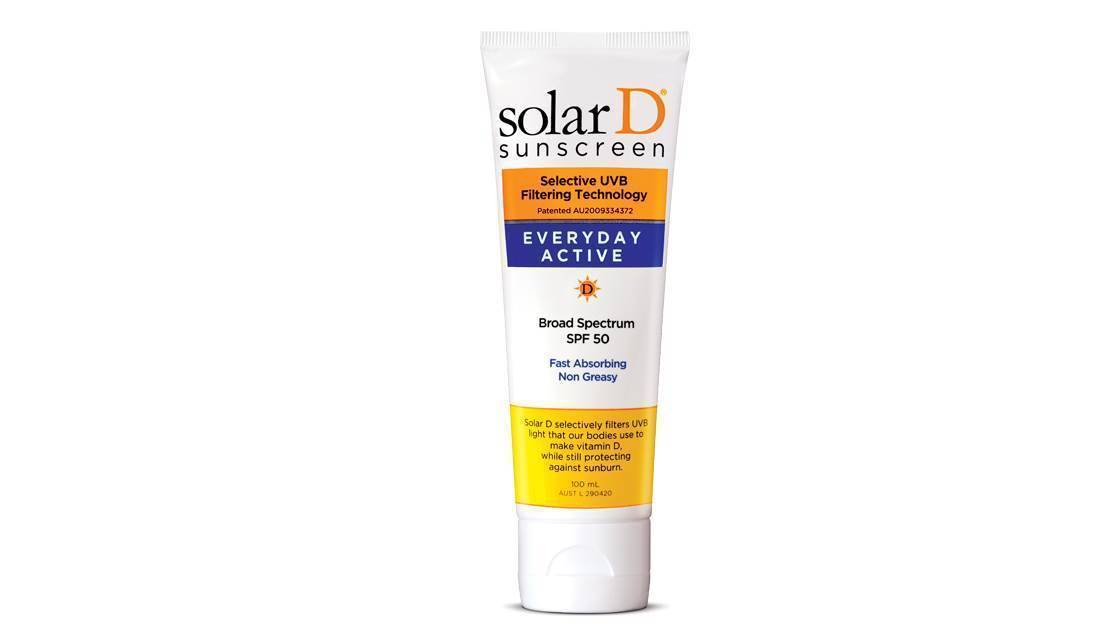Since the early days of sunscreens, which applied like wallpaper paste and clung to the skin with a ghostly pallor, formulas have evolved markedly. Innovations in sunscreen mean they’re no longer just about sun safety, offering skincare and make-up benefits on par with UV protection. Cutting-edge technology and silky smooth formulas ensure slathering on your sunscreen is a joy – which let’s face it, is the key to protecting our skin from the harsh sun.
THE RIGHT FORMULA
“There’s an art to finding the right combination of ingredients,” explains Dr Fabrizio Spada, PhD, research and development manager at Ego Pharmaceuticals, who knows everything there is to know about sunscreens.
“You can include alpha hydroxy acids if you want anti-ageing benefits. You can also add moisturisers if you’re concerned about the dryness factor of sun exposure. And then there’s tints if you’re interested in a make-up effect.” The aim is to make sure all the ingredients will live happily with each other in the final formula so they deliver the benefits without compromising each other’s performance.
Now, there’s an added emphasis on how sunscreens feel on application, making it even more of a challenge for people like Spada.
“Skin feel is so important – the immediate feeling of the product on your skin, the way it spreads and the residual feeling after around 20-30 minutes of applying it. The more attractive the sunscreen formulation becomes in terms of elegance and skin feel, the more consumers will reapply it, and the better outcome you get for preventing things like melanoma and skin cancer,” he says.
“We’re seeing a lot of advancements around the cosmetic elegance of sunscreens, which still deliver the highest possible protection allowed.”
COVER UP
So, you have a favourite product. It moisturises, corrects and offers sun-protection. You think you’ve found the Holy Grail of sunblock (and you may well have). It’s just that… if you’re not using it properly, you may not be getting the protection you need. It’s the same lesson that’s been drummed into us since fluoro zinc was the go. Reapply. Religiously. “You can’t apply sunscreen once a day,” urges Dr Spada. “Typically they have to be reapplied every 2–3 hours. If you’re indoors it’s not as critical but if you’re outside that’s definitely the recommendation.” For adults that’s a teaspoon for your head and neck, each limb and the front and the back of the body.
There’s also the level of sun protection to think about. The SPF value indicates how much radiation will be filtered – but this still leaves a certain amount that gets through (even if expertly applied). SPF 50+, the highest protection factor available in Australia, still allows about 1.6 per cent of radiation through the barrier. SPF 30 is around half as protective, with 3.3 per cent of radiation able to penetrate your (expertly-applied) product.
“It’s not so much about the radiation that is blocked that matters – it’s more important to consider what makes it through because that’s the radiation that can cause damage to the skin,” says Dr Spada. In short? SPF 30 offers satisfactory protection, but SPF 50 comes out on top.
So slap on your moisturiser and your luxe-feel foundation, safe in the knowledge it’s fortified with an SPF 50. Then head outside with all the confidence of someone who knows they’re protected from the sun, and look spectacular. Because you absolutely do.
(Want to pick up some healthier habits? Sign up for FREE to get healthy living tips, weight loss inspiration, slimming recipes and more delivered straight to your inbox!)






The Moisturiser: Ultraceuticals Ultra UV
Protective Daily Moisturiser
Quench your skin’s thirst with this lightweight SPF 50+, which delivers a blend of moisturising ingredients including sodium hyaluronate, panthenol and niacinamide to support the skin’s lipid barrier function without clogging the pores.
SPF 50+, $74, ultraceuticals.com
The wrinkle fighter: SunSense Anti-ageing Face
Formulated with alpha hydroxy acids, nicotinamide and vitamin E to help reduce fine lines and wrinkles, this oil-free face cream works to improve skin texture, firmness and tone improving the appearance of age spots.
SPF 50+, $20.95, sunsense.com.au
The eco warrior: Sun Bear Sunscreen
Lather this fragrance-free cream on your face (and body) and not only are you protecting your skin, you’re also helping to save the world’s smallest (and cutest) bear from certain extinction. Eighty per cent of the price goes to the Bornean Sun Bear Conservation Centre, aiding its fight to save this critically endangered species.
SPF 50+, $34.95, sunbearsunscreen.com.au
The vitamin D hero: Solar D Sunscreen
Laboratory studies have shown that the selective UVB technology used in this productslets in some of the UVB light that may assist our bodies in making vitamin D, while protecting with broad spectrum SPF.
$16.49, solar-d.com.au
The mineral make-up: Invisible Zinc Tinted Daywear
This lightly tinted mineral formula offers a complete 3-in-1 solution as a sunscreen, moisturiser and sheer foundation, to ensure an even complexion plus broad spectrum UV protection.
SPF 30+, $32, invisiblezinc.com
The portable powder: Colorescience Sunforgettable Mineral Finishing Powder
It’s as simple as brushing this lightweight mineral make-up across your face, for UVA and UVB protection that also offers 80 minutes of water resistance to boot.
SPF 50, $79.20, adorebeauty.com.au










